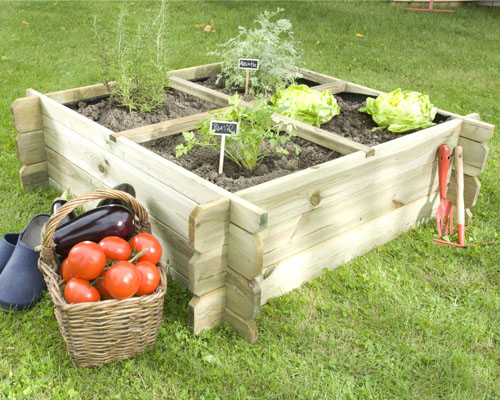When selecting plants for your garden and want to add color, choose blooms carefully. However, in most cases, they will only last a few weeks for each plant. On the other hand, the foliage will be present at least from spring to autumn, so this must be taken into account.
If trees, shrubs and other perennials embellish us with all the possible and unimaginable shades of green, it is interesting to plant some specimens with less conventional leaf colors to capture attention et bring originality to your hedges and flowerbeds.
With that in mind, here it is my selection of 15 plants with purple foliage.
Shrubs
THE berberisalso called barberries, are available in several deciduous varieties with purple foliage. These will be distinguished above all by different sizes. We have the dwarf forms with the Berberis thunbergii ‘Atropurpurea Nana’ or the ‘nonsense’ both are small, dense bushes of 30 to 50 cm. If you want more volume or to use as a hedge, there’s the Berberis thunbergii ‘Atropurpurea’ being 1.50 m or also the Berberis x ottawensis ‘Superba’ reaching 2.5 m in height. Both will welcome in the spring of small yellow flowers which will contrast wonderfully with the dark foliage.
It is best to place them in the sun to get a nice color.

The wig tree it is famous for its original inflorescences. Several varieties of these large shrubs have purple leaves and flowers: Cotinus coggygria ‘Royal Purple’ And’Rubrifolio’ or even ‘Adorn’ a little clearer.

For gourmets who prefer fruit bushesTHE purple hazelnut (Corylus maxima ‘Purpurea’) is ideal. Although it produces fewer nuts than the common variety, its dark color will make it a key feature of your garden.

THE physocarp it is not the best known shrub, yet it offers beautiful plants white flower balls in spring. They will look even more spectacular if you choose a variety with purple foliage like the Physocarpus opulifolius ‘Diabolo’.
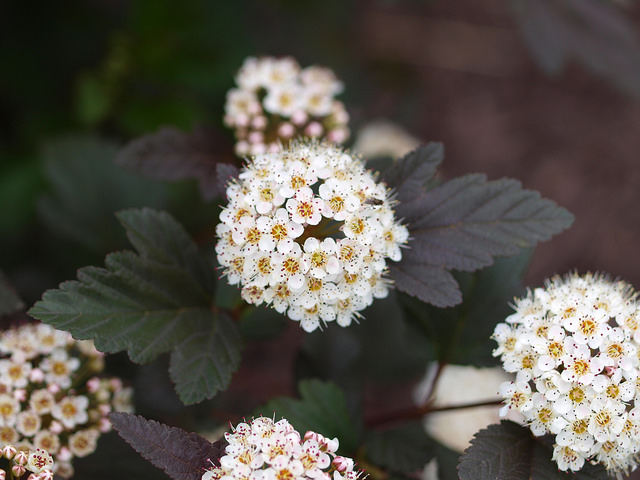
THE weigela it is a plant with numerous varieties appreciated for their abundant bell-shaped flowers in the spring, or even early summer for some. They are also available in very variable sizes.
For the purple color of the leaves, I recommend the Weigela Florida ‘Alexandra’medium sized, easy to grow.

The varieties presented above maintain their purple color for as long as they have leaves. But we may prefer to have foliage whose color will evolve over the months. This is the case of dogwood : Cornflower ‘Red’ who it will be green in spring and summer and finally purple in autumn. It is a large shrub that produces pretty pink flowers in spring.

If you want to decorate a massive of land of heather with a purple shrub, you will not be left out by many Japanese maples correspond to this. The best known is undoubtedly theMaple Leaf ‘Sectioned Garnet’ with falling port or even the appropriate name Palmate maple ‘Atropurpureum’ in the upright form. Both will prefer a partially shaded location and cool, acidic soil.

The trees
If you have a large yard and want to bring in the color purple with trees, you have a choice too!
We will start with the one that is certainly the best known. Widely used a few years ago, it has become a little less fashionable lately: the Prunus cerasifera ‘Pissardii’ (= ‘Atropurpurea’). Like everyone ornamental cherry treesgives to multitude of small flowers from early spring. Then follow the dark purple leaves. Its dimensions remain reasonable for a tree: maximum 10 meters in height.

We therefore have, in the range of maplestheAcer platanoides ‘Crimson King’. It also has more imposing dimensions than the previous one larger leaves and adapts to all garden situations.

Even more impressive, the copper beech (Fagus sylvatica ‘Purpurea’) will become an important element of your land if you plant it yourself. Its foliage is almost black.
We find a variant with a weeping port (Wild Beech ‘Purple Pendula’) or even inside fastigiated version and less large under the name Fagus sylvatica ‘Dawyck Purple’.

From more modest dimensions and a little chilly in the colder regions of France, theAlbizia julibrissin ‘Summer Chocolate’ rewards us with a beautiful purple foliage with the soft summer flowering that earned it its namesilk tree.

Perennial plants
We have seen the woody plants so far, let’s now move on to the herbaceous ones and being perennial, they will be so for several years.
THE euphorbiafirst of all, they are resistant plantseasy to grow and with unusual flowers. There are several varieties with purple foliage: Euphorbia amygdaloides ‘Purpurea’ has the great advantage of being so persistentit will therefore keep its leaves all year round, even in winter. Its spring flowers are light yellow, it accepts all exposures, including shade and will be 50cm tall and wide.
Euphorbia dulcis ‘Chameleon’ it has dimensions and flowers close to the previous variety, however, the foliage whose color changes throughout the year it is outdated and will want a sunny spot.

To continue, we will talk about heucheres. This evergreen perennial The summer bloomer comes in an incredible number of varieties, all featuring different foliage in a wide range of colors. It is therefore normal to find some in purple colors. For example, we have Heuchera ‘Chocolate Ruffles’ : 40 cm, white flowers; ‘Rachel’ : 50 cm, pink flowers; «Purple Palace» : 60 cm, white flowers; «Velvet Night» : 50 cm.
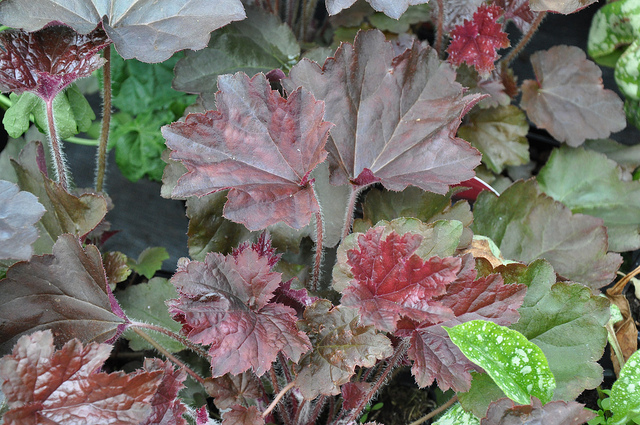
THE sédumor stonecrops, are also very numerous. They are often creeping, although there are some erect species. With purple foliage, we have Sedum spurius ‘Atropurpureum’ who is covering and whose summer flowers are also purple. In the same spirit there is the Sedum spurius ‘Schorbuser Blüt’ with red flowers.
Finally, if you want a larger version, you will opt for the Sit down «mistress» measures 60cm, foliage ranging from green to purple and pink flowers.

To conclude this article, here’s a grass : Panicum virgatum ‘Heiliger Hain’, panic in French. It is an erect plant 1.20 m tall whose purple hue comes in autumn. It loves sun and fresh soil, even calcareous. THE panicle inflorescences give a nice effect of lightness.
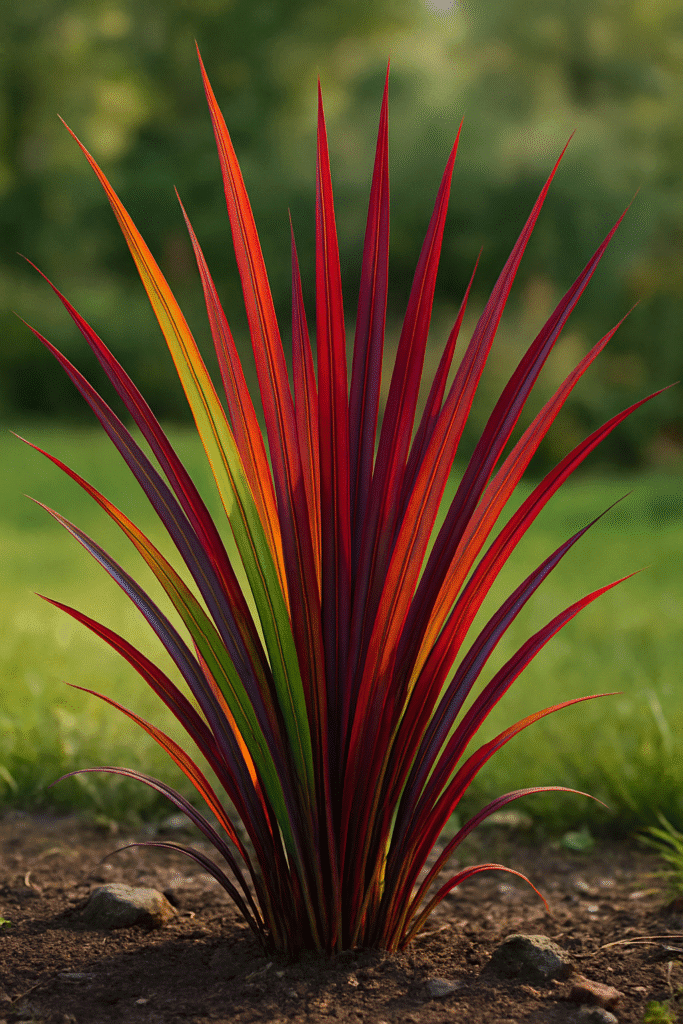
And you, what is your favorite purple plant?
latest posts published

Wooden terrace: which species to choose?
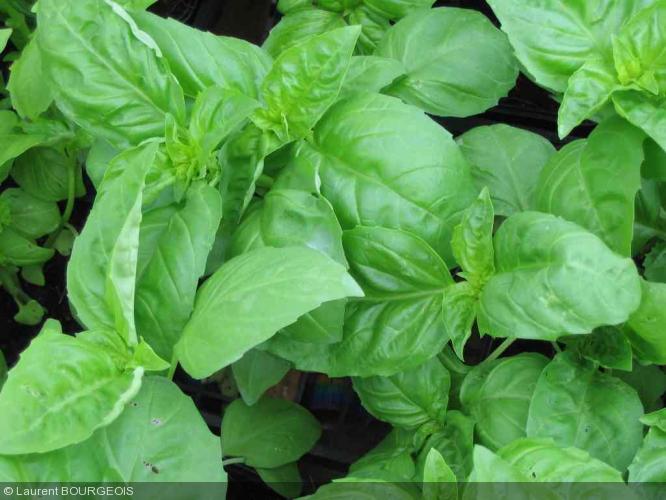
The 10 essential aromatic plants for your garden

4 questions to ask yourself before creating a pond in your garden

My selection of 15 plants with purple foliage
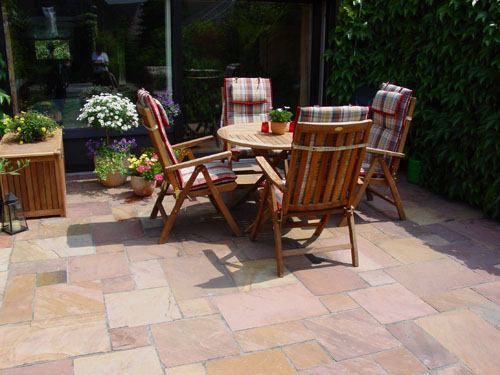
Which natural stone to choose for the flooring of your terrace?

Windbreak in the garden: all the solutions
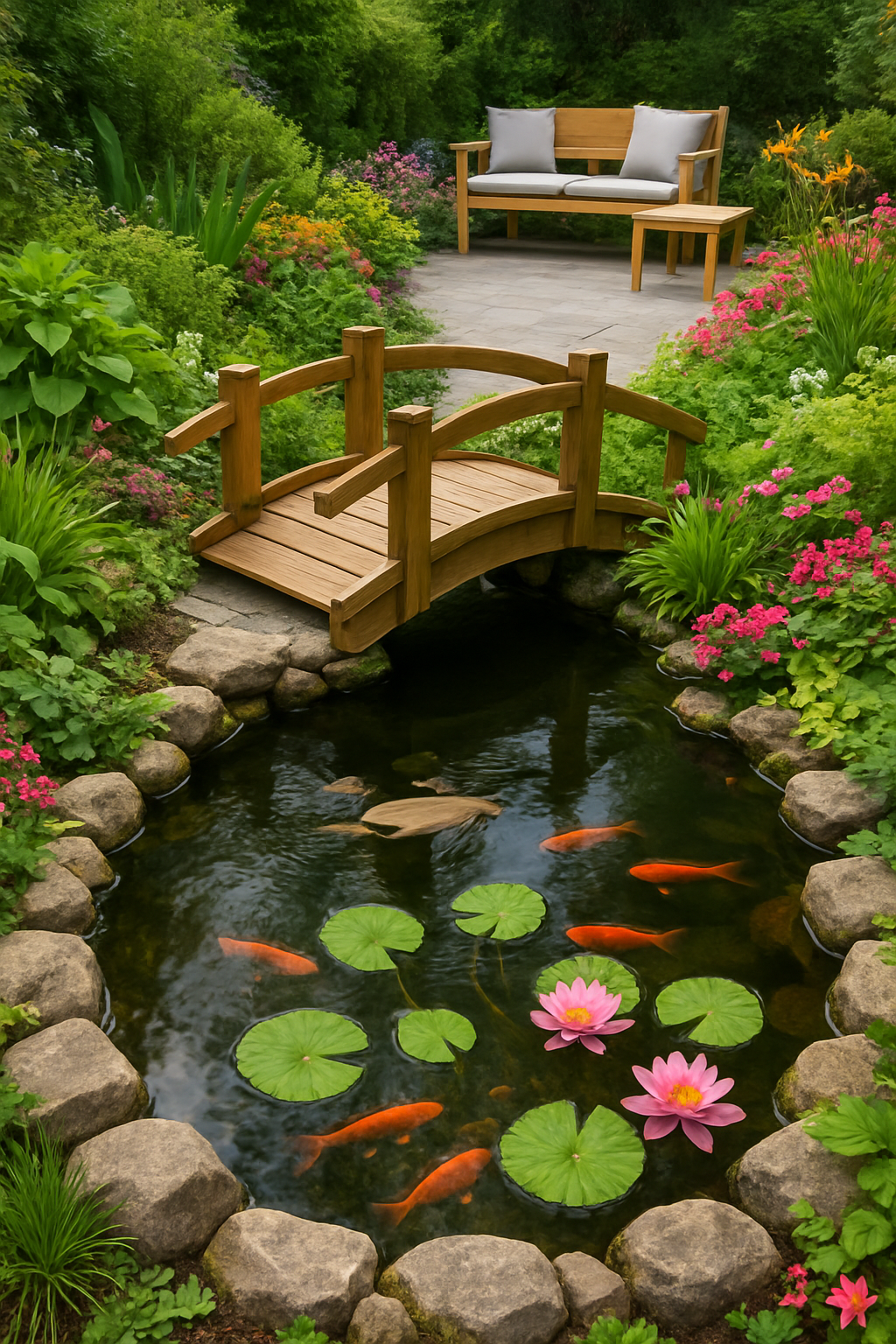
4 pond styles to copy into your garden

Become a florist: Make people around you happier with flowers
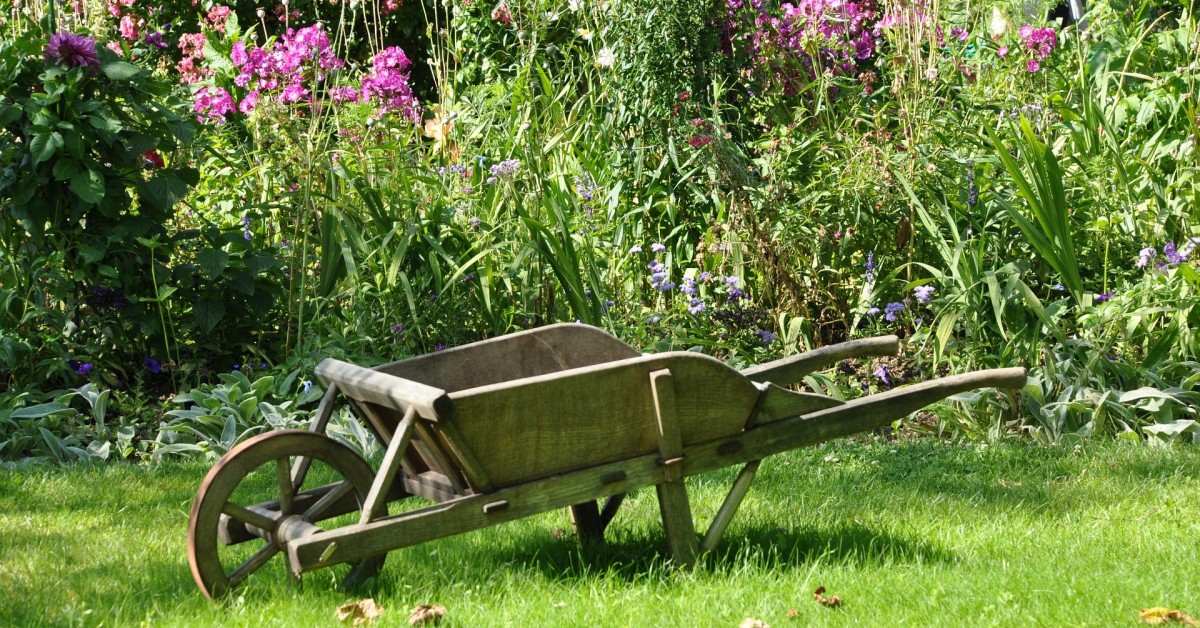
Is a career as a gardener right for me?
